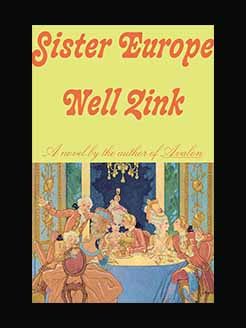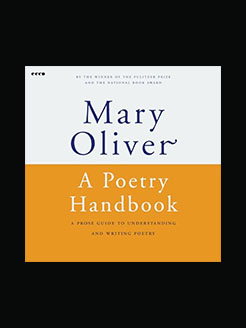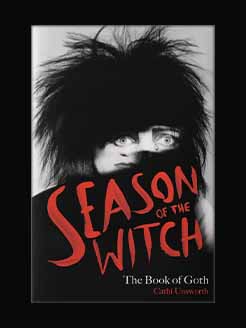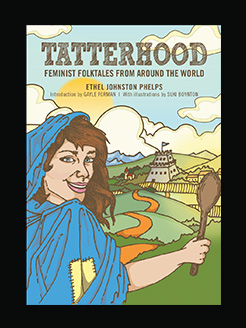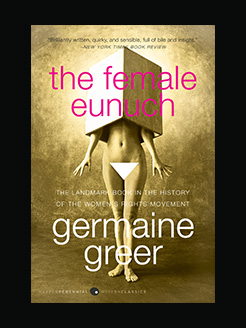Published in 1970
106 pages
Hannah Arendt (1906 – 1975) taught political science and philosophy at The New School for Social Research in New York and the University of Chicago. She is widely acclaimed as a brilliant and original thinker.
What is this book about?
An analysis of the nature, causes, and significance of violence in the second half of the twentieth century. Arendt also reexamines the relationship between war, politics, violence, and power.
“Incisive, deeply probing, written with clarity and grace, it provides an ideal framework for understanding the turbulence of our times.” — The Nation
Snippet of a goodreads review by the user, Lindsey:
This was a really great work of political theory by Arendt. It explores violence, mostly through the lens of the 1960s when she was writing this book. It looks at the student rebellions across the world, in both democracies and communist countries. The coincidence of the uprisings is interesting, and she posits that they are both protesting for the same reason, albeit in different manifestations. Students around the world were looking for freedom. The students in communist countries were looking for freedom to express themselves through both speech and action and thereby have an effect on the processes and progress of their respective countries. The students in the Western democracies were protesting their lack of freedom in action. They protested the lack of agency they felt. Both sets of students felt impotent and unimportant, as if they entirely didn’t count, and decided to protest against it.

